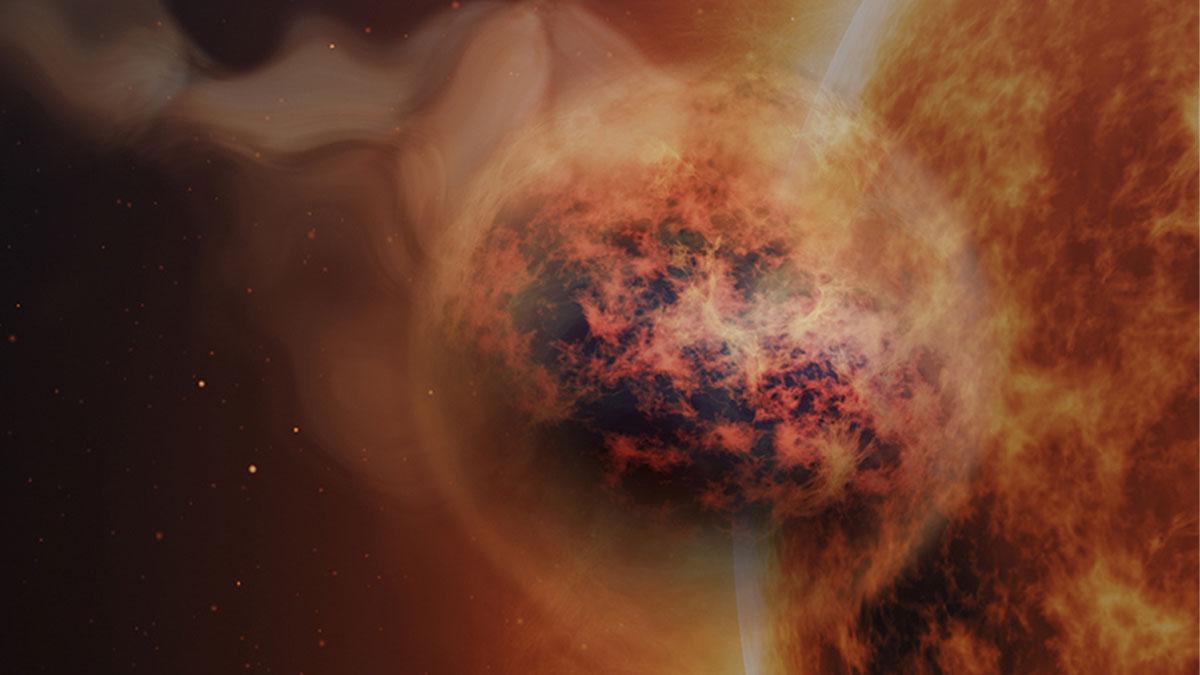As we anticipate the forthcoming total solar eclipse, it beckons us to contemplate our cosmic position. For aeons, scientists have delved into the genesis of our sun and the formation of our solar system.
Our solar system today orbits around a central luminary, the sun, encompassing rocky inner planets and gas-and-ice giants in the outer expanse. But the cosmos wasn't always as we perceive it now.
How did the sun come into being?
Our solar system's inception traces back to the gravitational collapse of a dense giant molecular cloud, predominantly composed of hydrogen, a dash of helium, and a smidgen of heavier elements. This collapse led to the concentration of mass at the core, birthing our radiant sun.
Continued contraction ensued until the sun attained its definitive size and density. Fusion reactions within the core ignited, initiating the emission of light and heat.
In the sun's wake, approximately 0.5 to one percent of the mass coalesced into a protoplanetary disk, a crucible where planets gradually took shape.
Observations of such protoplanetary disks, like the one encircling HL Tauri, validate this process, showcasing rings and gaps indicative of nascent planetary formations.
Determining the timeline of our solar system's formation relies on analyzing the oldest solids that precipitated from the protoplanetary disk gas. These remnants, known as calcium-aluminum-rich inclusions (CAIs), discovered in ancient meteorites, date back 4,567.3 million years, marking the birth of our sun and, by extension, our solar system.
The genesis of elements
The collapse of our protosolar nebula likely ensued from the perturbation of a passing shock wave from a supernova, triggering gravitational collapse and the formation of a central star and its orbiting planetary disk.
Evidence supporting this theory lies in the isotope compositions of pre-solar grains found in meteorites, indicating origins beyond our solar system.
How much older is the sun compared to Earth?
While CAIs provide a precise age for our solar system, the Earth's formation ensued over tens to hundreds of millions of years following. Geological processes have obscured precise dating, with debates surrounding Earth's age persisting.
The giant impact that birthed our moon, occurring 70 to 120 million years after CAIs' formation, offers a key timeframe for Earth's age determination. Additionally, estimates from magma ocean solidification post-impact yield ages between 100 and 150 million years post-sun's birth.
As we anticipate the upcoming total solar eclipse, it serves as a poignant reminder of our solar system's four-and-a-half-billion-year evolution.
The celestial spectacle of a total solar eclipse is a unique quirk of cosmic geometry. The sun, 400 times larger than the moon and 400 times farther away, aligns perfectly to grant us this awe-inspiring phenomenon.
Indeed, such cosmic marvels are exclusive to Earth; observers on Mars or Venus would not share in this captivating event.
Read also | NASA study finds Mars is spinning faster
Read also | Global Temperature Soars: Past 12 months hottest ever on Earth, El Nino on the Horizon


















